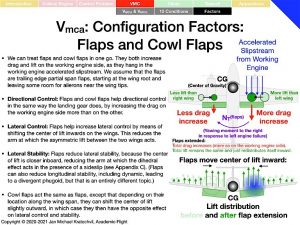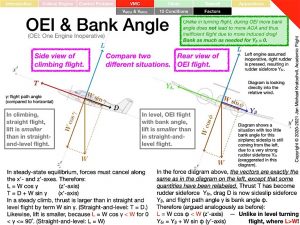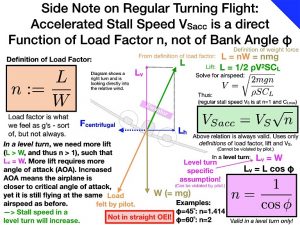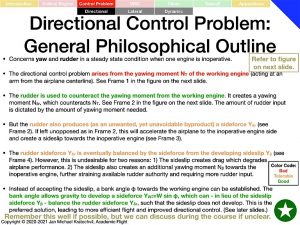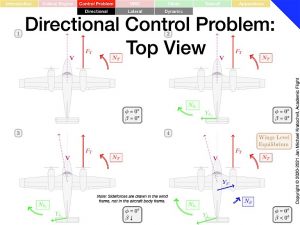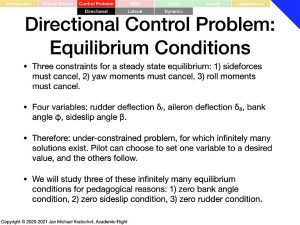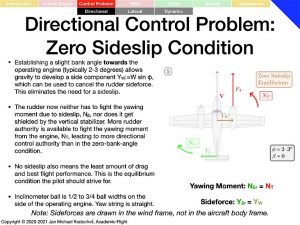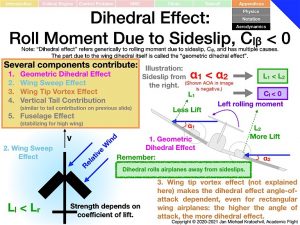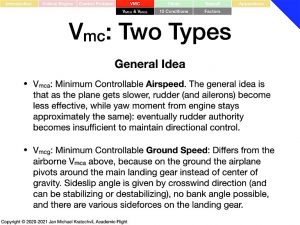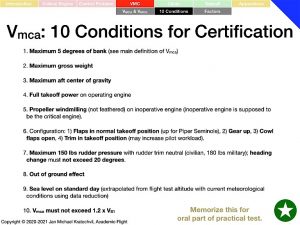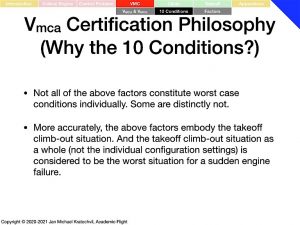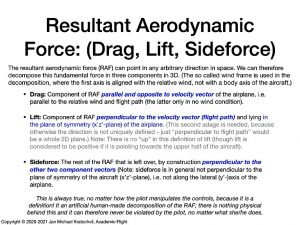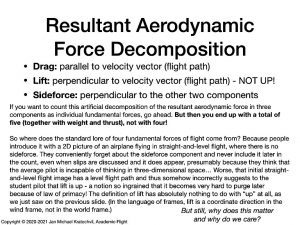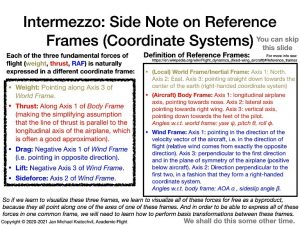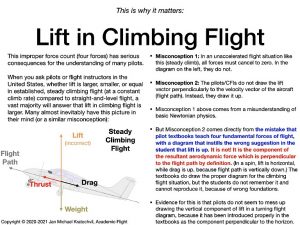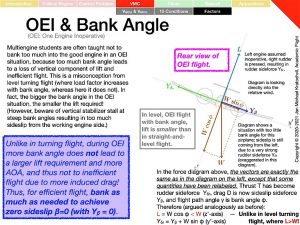Multi Engine Ground School
Detailed online ground school based on FAA handbooks and test pilot school textbooks
Multi Engine Ground School Description
Our signature multi engine ground school is one of our flagship flight training courses. It has been developed diligently from FAA handbooks and the publicly available textbooks of the USAF Test Pilot School (USAF TPS) and the US Naval Test Pilot School (USNTPS). Our multi engine ground school features online instruction and can be attended from anywhere in the world.
Multi engine rating requirements Part 61 do not require you to pass an FAA knowledge test if your multi engine rating training is adding an additional rating to an existing pilot certificate level. However, you will have an oral portion on your multi engine rating checkride. Our multi engine online ground school will prepare you exquisitely for the oral and beyond.
Indeed, with the knowledge our multi engine ground school imparts on you, you will be well positioned to impress the airline recruiter, when you go for your airline interview (though you will need to know additional material as well). Equally importantly, as a multi engine instructor (MEI) candidate going through our online multi engine ground school, you will develop the ability to produce excellently trained multi engine students, who with their superior knowledge will stand above their peers.
Multi Engine Ground School Pricing and Course Content
How much does multi engine ground school cost?
The cost of multi engine ground school depends on the context in which you are taking it, whether as a stand-alone online course or in conjunction with multi engine flight training.
All of our multi engine flight training courses have our multi engine ground school as a prerequisite. This is true in particular, if you are going for your MEI. (Exceptions can be made in well reasoned cases.)
This multi engine online ground school is now being offered entirely as a stand-alone online course, which you can purchase regardless of where you train.
Course Focus: Do not be overwhelmed by all the details in this course. If you are taking our multi engine ground school during your multi engine rating training, we will focus first on the essentials in order for you to pass your multi engine rating checkride. This will be our first priority. You can always ask more detailed questions later and dig into the extras, for instance by coming to our free weekly office hours, which we hold in good academic tradition for our clients and which you will become entitled to with your course purchase.
Register:
Looking for the Best Multi Engine Ground School?
We have aspired to design one of the most ambitious and best multi engine ground schools available, without going overboard on the technicalities. Have we succeeded? Do not take our word for it. See for yourself! An extensive sample selection of our multi engine ground school slides is available below on this webpage.
While we have put effort into creating the best multi engine ground school we were able to, every expert is limited by their own range of personal experiences and knowledge, and so is our course. Therefore, we encourage you to compare our product to similar courses at any other multi engine rating school and consider alternatives. After all, you are not just looking for the best multi engine ground school, as measured by some ultimately arbitrary metric. You are looking for the best multi engine ground school specifically for you and your own personal needs and objectives – and those objectives are individual.
Yes, there is some occasional math in our online multi engine ground school. But we tried to keep it to a minimum and you can safely skip it, if you like. You do not need to be a mathematics aficionado or have aerospace engineering background in order to get a ton out of our multi engine ground school. So please do not let the occasional formula or force diagram discourage you from taking it.
Sample Slides from Our Multi Engine Ground School
Introduction
Conditions of Use and Legal Disclaimer for Sample Slides
Static Control Problem (Directional and Lateral)
Dynamic Control Problem
The dynamic control problem arises from the unavoidable delayed reaction time of the pilot to a sudden engine failure. Our thorough treatment of dynamic effects in conjunction with the dynamic control problem will lay a solid foundation for your understanding of fundamental airplane stability and control concepts. This will come handy, should you ever take a professional upset prevention and recovery training (UPRT) course, for instance as part of your airline pilot training.
Minimum Controllable Speeds
Both minimum controllable airspeed VMCA and ground speed VMCG will be covered, and the 10 conditions for VMCA certification will be reviewed diligently, followed by a discussion of a number of factors affecting VMCA from a control and performance perspective. (Note: There is a typo in Slide 3 below, VMCA is determined at the most unfavorable weight and CG combination – this is aft CG to reduce the arm to the rudder and usually less than maximum weight.)
As we are at it, we may just as well rework your understanding of the fundamentals of flight, too...
Our multi engine ground school may revolutionize the very foundation of your understanding of fixed-wing flight and will put it on a solid formal footing. For instance, you will realize that there are actually only three fundamental forces of flight instead of four. Chances are that, due to our ground school, for the first time you will understand straight, steady climbing flight properly. And there will be ramifications for multi engine flight applications as well.
Our multi engine online ground school covers many more topics than showcased above.
References
Some of the freely available references we use in our multi engine ground school include:
FAA Publications
- “Airplane Flying Handbook,” FAA-H-8083-3B, U.S. Department of Transportation, Federal Aviation Administration, Flight Standards Service, Washington, D.C., 2016, (Chapter 12: “Transition to Multiengine Airplanes”).
https://www.faa.gov/regulations_policies/handbooks_manuals/aviation/airplane_handbook/ - “Pilot’s Handbook of Aeronautical Knowledge,” FAA-H-8083-25B, U.S. Department of Transportation, Federal Aviation Administration, Flight Standards Service, Washington, D.C., 2016.
https://www.faa.gov/regulations_policies/handbooks_manuals/aviation/phak/ - “Airman Certification Standards,” U.S. Department of Transportation, Federal Aviation Administration, Flight Standards Service, Washington, D.C.,
https://www.faa.gov/training_testing/testing/acs/
Upset Recovery and Test Pilot School Publications
- Bill Crawford, “Unusual Attitudes and the Aerodynamics of Maneuvering Flight,” Flightlab Lecture Notes, Boston 2009. http://flightlab.net/Flightlab.net/Download_Course_Notes_files/FLNotebookpdfs.pdf, Website: http://flightlab.net/
- USAF Test Pilot School, “Performance Phase Textbook,” Volume I, USAF-TPS-CUR-86-01, Edwards AFB, California, April 1986. https://ia800107.us.archive.org/22/items/DTIC_ADA170957/DTIC_ADA170957.pdf
- USAF Test Pilot School, “Flying Qualities Textbook,” Volume II, Part 1, USAF-TPS-CUR-86-02, Edwards AFB, California, April 1986. http://www.dtic.mil/dtic/tr/fulltext/u2/a170959.pdf
- USAF Test Pilot School, “Flying Qualities Textbook,” Volume II, Part 2, USAF-TPS-CUR-86-03, Edwards AFB, California, April 1986. http://www.dtic.mil/dtic/tr/fulltext/u2/a170960.pdf
- “U.S. Naval Test Pilot School Flight Test Manual: Fixed Wing Stability and Control—Theory and Flight Test Technique,” USNTPS-FTM-No. 103, Naval Air Warfare Center, Aircraft Division, Patuxent River, Maryland, January 1997. http://www.usntpsalumni.com/Resources/Documents/USNTPS_FTM_103.pdf


